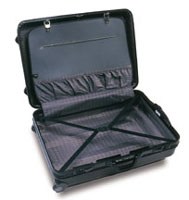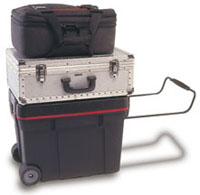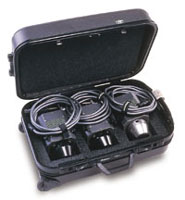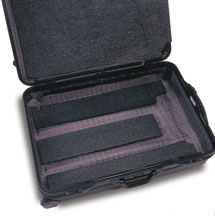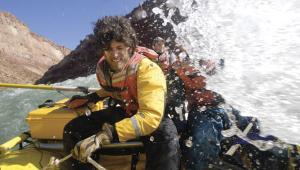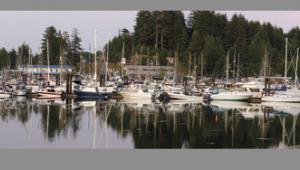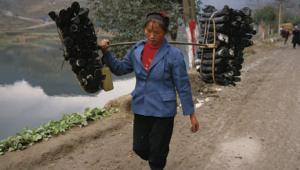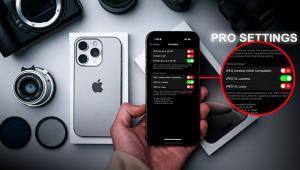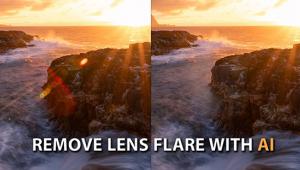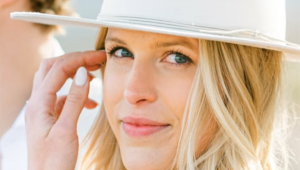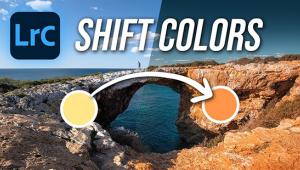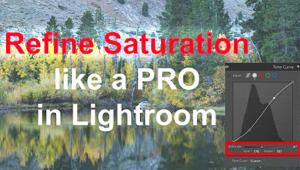A Location Savvy Guide
How To Make Your Own Flight Cases
Over the past several months
I've shared with you some of my experiences with getting my studio
and location gear together. With new technology rapidly changing the
way pro photographers make their living, it really has become a chore
to keep up on the new gear, decide which pieces can help you do your
job more effectively, and figure out how to afford what you need. |
|||
As I get a little older, I'm
starting to adopt one basic motto--"Everything on Wheels."
After too many long walks through those hub-and-spoke style airports,
I decided to travel with a good folding cart like a Ruxxac, or invest
in some cases with built-in wheels. I went the wheeled case route, since
then I would have one less piece of equipment to check in and chase if
it gets lost. I went back to my flight case manufacturer and had some
nice heavy-duty black cases made up with four wheels on the bottom. My
cases had removable foam covered inserts, and thus could accept a few
different loads of gear by moving the inserts around. The flight case
route is really the way to go if you intend to travel hard. Rock bands
and TV networks slam these things into trucks in the dead of night and
haul them from one corner of the globe to another, with their million
dollar cargo arriving in perfect condition every time. |
|||
One of the nicest solutions
for moderately rigorous travel with delicate gear is the new breed of
soft and hard-sided cases with built-in wheels and retractable handles.
These things come in many sizes and flavors, from elegant aluminum Halliburton
attaché style cases to cordura-clad rolling footlockers. I own
a bunch of these different kinds of cases, choosing a different size and
style for each requirement. In general, I like to own a whole lot of different
cases. Not only is it easier for me to tell an assistant to grab "the
blue and green" cases, rather than have to somehow number the outside
of the case, but this also helps when setting up and packing up on location.
Now when I arrive at the shoot, I know that the flash heads are in the
black hard-shell case, the power packs are in the silver hard case, the
RZ67 system is in the Rimowa flight case, the Hasselblads in the Lightware
cordura case, and the accessories in the Tenba lightwalker case. When
it's time to go, I just know by memory where everything fits in
every case. If there is a space left in a case, I know that I have forgotten
to pack something. It's a good routine to get used to, since it
speeds things up. |
|||
Once I got my Porter cases,
I decided to add a couple of hard-shelled cases to strap on top. This
would give me two independent rolling rigs, which would allow me and one
assistant to travel with an entire studio of gear. While I owned a lot
of those excellent cordura Tenba and Lightware cases with the tough ballistic
foam walls, I figured that a hard-sided case would offer just a bit more
protection and stack a bit neater for rolling down the long airport halls.
While I aspired to a bunch of nice new Halliburton aluminum cases or even
a bunch of sturdy Pelican molded cases, my budget was already stretched
pretty tight. While on assignment in San Francisco I stumbled upon the
answer. |
|||
Once back in the studio, I
tried to decide what would fit into these 14x10x22" cases. I fit
three Balcar flash heads into one case and one head and a Balcar Monobloc
3 into the other with plenty of room to spare. In order to modify the
cases to accommodate this gear and create a real roadworthy setup, I first
had to locate some way to cushion the contents. While those cubed foam
sheets are available at any large camera shop, enough to do both cases
would have cost $50, which seemed a little extreme. Going to a movable
partition system would have made the cases flexible, but I found that
purchasing the partition pieces separately and modifying the cases was
also a bit too expensive. The solution clearly was custom cutting some
solid blocks of foam. Manufacturer/Distributor Porter Case, Inc. |
- Log in or register to post comments
